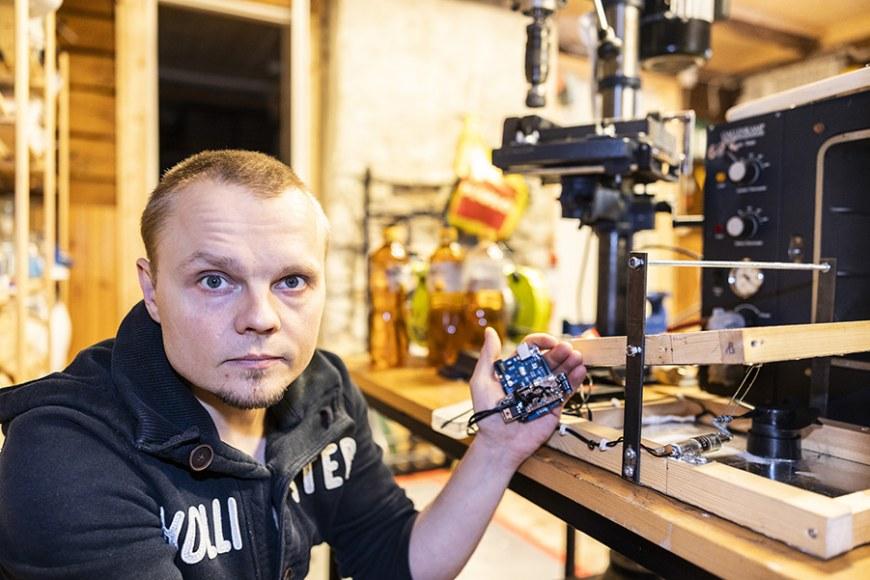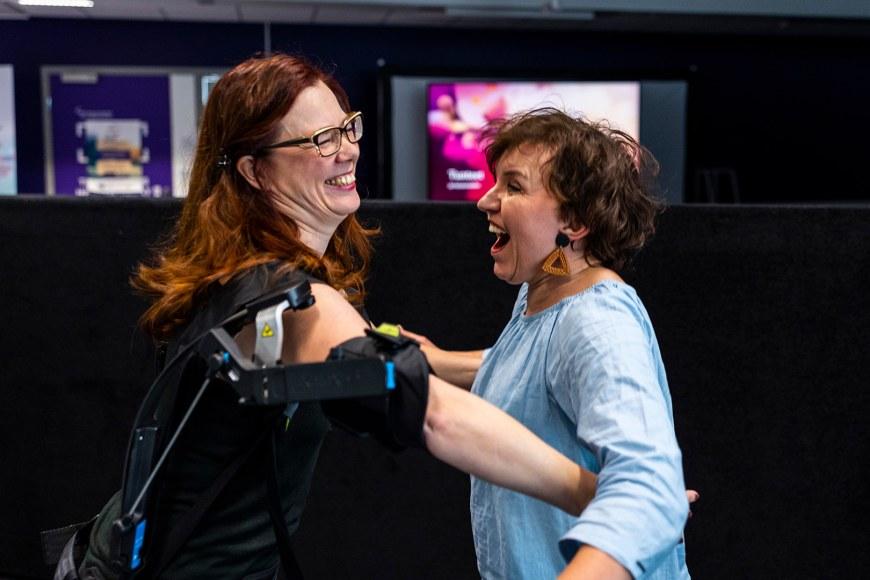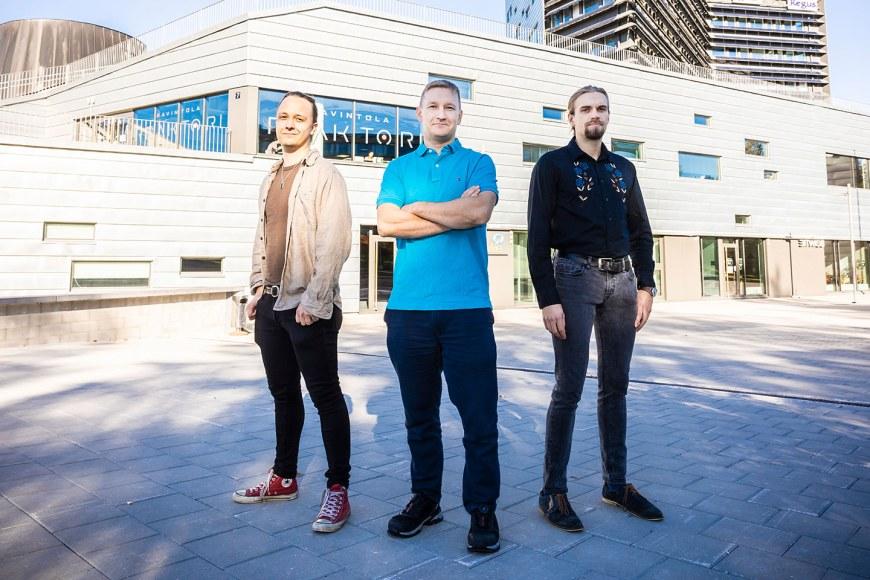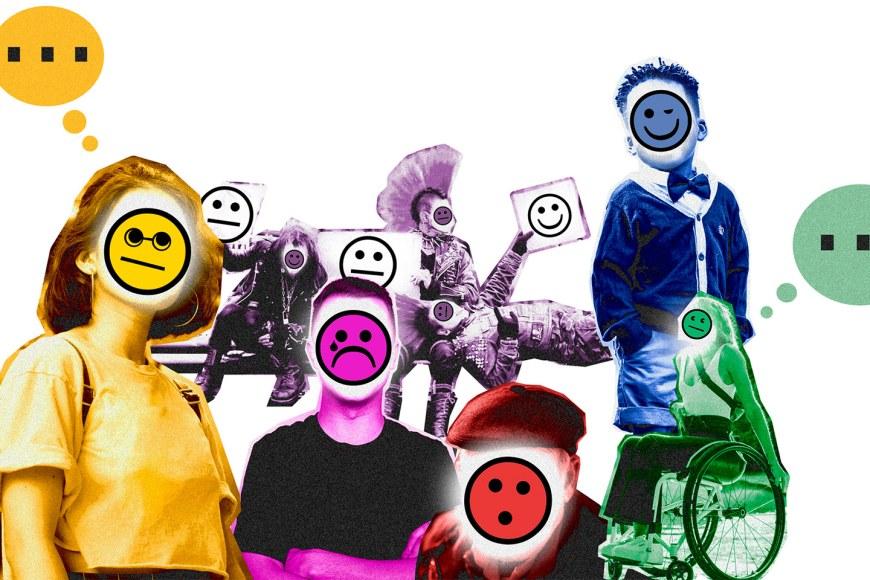
Unit – together for deeper knowledge
Unit is an interdisciplinary publication of Tampere Universities that delves into current issues and explores a variety of topics from society’s perspective. Unit questions, explains, challenges and responds.

Together for deeper knowledge
Unit has a mission to offer not only research-based knowledge and fresh insights but also highlight the impacts that new discoveries are having on our daily lives. Although Unit focuses on technology, health and society in line with the strategy of Tampere Universities, the articles showcase the broad spectrum of our research and teaching and feature our faculty, students, alumni and other members of our diverse community.








